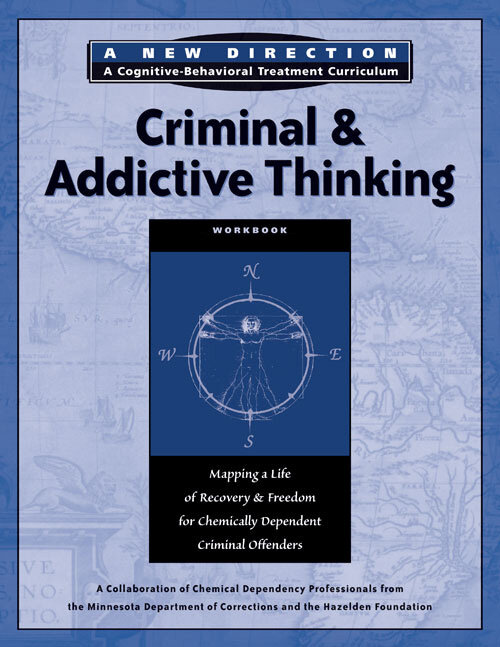Please specify the quantity of product(s).



Koppitz Developmental Scoring System (Koppitz-2) for the Bender Gestalt-II
| Item | Product | Price | QTY |
|---|---|---|---|
| 32710 | Koppitz Developmental Scoring System- 2 w/ Bender Cards | $317.00 | |
| 32710E | KOPPITZ-2 Emotional Indicator Record Forms, Pk/25 | $40.00 | |
| 32710R | KOPPITZ-2 Record Forms, Ages 5-7, Pk/25 | $61.00 | |
| 32710F | KOPPITZ-2 Record Forms, Ages 8-85, Pk/25 | $61.00 | |
| 32710M | KOPPITZ-2 Manual | $121.00 | |
| 32710T | KOPPITZ-2 Scoring Template | $16.00 | |
| 32711 | Koppitz Developmental Scoring System-2 w/o Bender Cards | $257.00 |
Revised to cover more ages, with additional designs and new scoring system.
- Age Range: 5-85 years
- Time: 5-10 minutes
One of the most frequently-used psychological tests has been extensively revised and updated for today's applications. For the first time, the Koppitz Developmental Scoring System has been normed on a nationally-stratified, census-matched sample of children and adults from throughout the United States. Separate scoring systems are provided for young children (ages 5-7) and older children and adults (ages 8-85 years). The KOPPITZ-2 is ideal for psychologists, educational diagnosticians, licensed professional counselors, OTs, and others with proper training in the use of psychological tests of visual-motor integration.
The KOPPITZ-2 requires the client to draw increasingly-complex figures, from a model (the Bender designs), on a plain sheet of paper, and to organize the task independently. It is a less structured task of visual-motor integration, providing a more ecologically-sound approach in assessment of visual-motor integration skills, relative to highly-structured drawing tasks.
A special chapter in the Koppitz-2 Manual is devoted to the Koppitz Emotional Indicators (EIs), and their proper use. A specialized Scoring Form makes EI scoring easy and objective, and keeps it separate from the Developmental Scoring System.
Detailed scoring guides, and a clear template, are provided for the developmental scoring systems that result in high levels of interscorer reliability. The Koppitz-2 provides standard scores and percentile ranks, along with specialized scores and age equivalents, to meet the needs of all practitioners.
Uses of the KOPPITZ-2
- Determines presence, and degree, of any extant visual-motor problems
- Identifies candidates for remedial programs, and visual-motor training
- Evaluates effectiveness of intervention programs, and monitors recovery following acute injury
- Monitors progressive disease processes that affect visual-motor integration skills
- Research gathering
The normative sample of 3,600 individuals is matched to the U.S. census statistics on socio-economic factors, ethnicity, region, community size, and other critical variables. Internal consistency (alpha) reliabilities, for all but one age, are above .80. The reliability of 5-year-old children, is .77, which rounds to .80. The average of reliabilities across ages is .88. KOPPITZ-2 correlates highly with the WISC-III Performance Scale and Perceptual Organization Index.
KOPPITZ-2 includes a Manual, 25 Examiner Record Forms each for ages 5-7, and ages 8-85, Emotional Indicator Record Forms, and a Scoring Template. KOPPITZ-2 CAN BE ORDERED WITH OR WITHOUT BENDER CARDS.